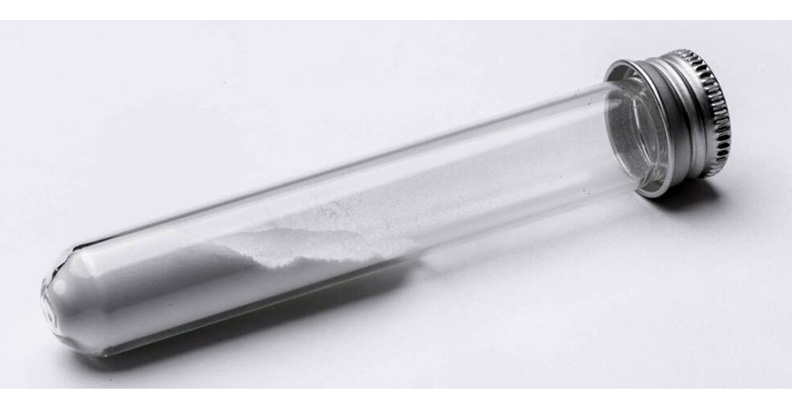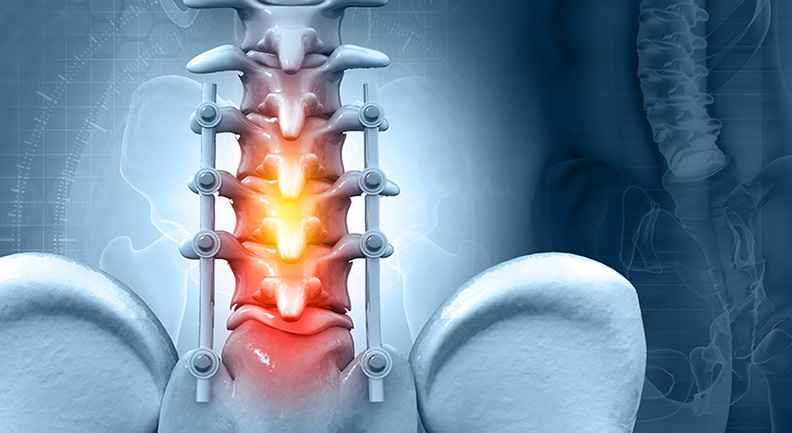
Oxford Performance Materials (OPM), provider of materials for high performance additive manufacturing (HPAM™), announced study results indicating superior antibacterial properties of 3D-printed PEKK (poly-ether-ketone-ketone) structures compared to PEEK (poly-ether-ether-ketone) surfaces for orthopaedic applications.
The September study examined 3D-printed PEKK samples produced by OPM’s proprietary OsteoFab process and “demonstrated for the first time the promise that nanostructured PEKK has for numerous anti-infection orthopaedic implant applications,” according to the company.
The antibacterial attributes of 3D-printed PEKK are significant, since they address both implant infections and the reduction of effectiveness of antibiotics, OPM says.
OPM’s OsteoFab technology is a next-generation implant manufacturing process that builds implantable medical devices, layer-by-layer, using only laser light and OPM’s OXPEKK polymer. The OsteoFab process and OXPEKK material combine to create implants that are designed to enable bone ongrowth.
In 2016, OPM introduced OsteoFab technology to the spinal device market through its partnership with RTI Surgical.
Source: Oxford Performance Materials




